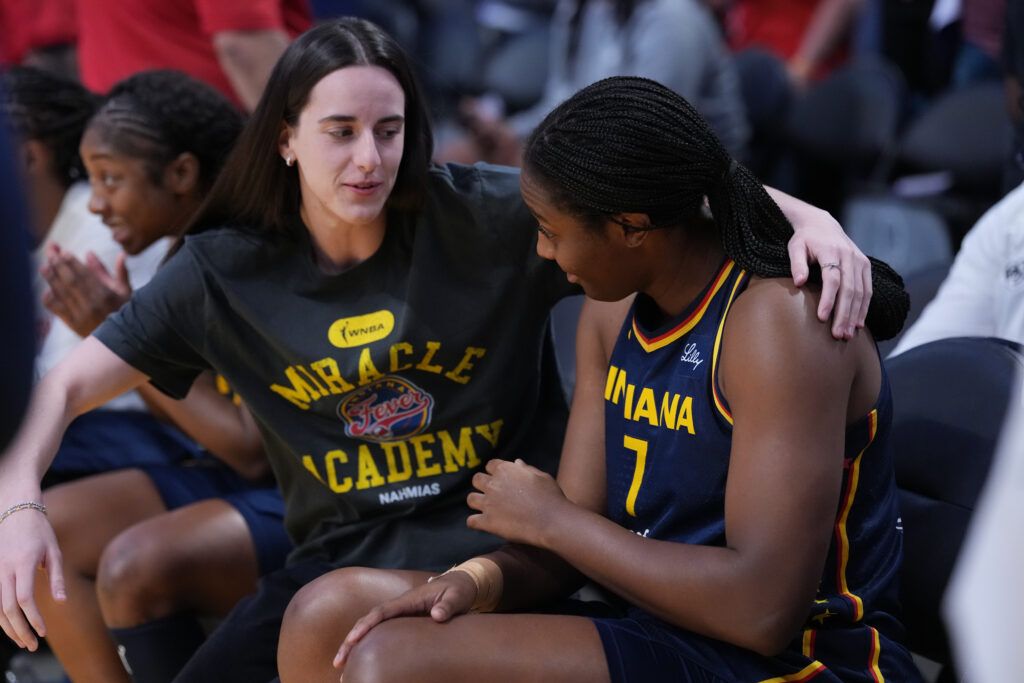In 2020, scientists claimed to have found a sign of life on Venus: hints of a stinky gas called phosphine that’s made by microbes on Earth. The claim was swiftly challenged and, years later, is still mired in controversy. Now, another stinky gas has sparked its own alien life debate—this time, for an exoplanet.
Researchers announced on April 16 that they’d used data from the James Webb Space Telescope (JWST) to detect a gas called dimethyl sulfide (DMS) in the atmosphere of an exoplanet called K2-18b, which orbits in its alien star’s habitable zone. On Earth, DMS is mostly made by microscopic phytoplankton. On other planets, it could be what’s called a biosignature—a sign of life.
Cambridge University, which hosts several of the researchers involved in the detection, was quick to promote the finding as the “strongest hints yet of biological activity outside the solar system.” Some media outlets trumpeted the DMS as a likely sign of life. But scientists who weren’t involved in the discovery aren’t as euphoric.
“I’m pretty skeptical of this claim, and I wish the press coverage better reflected the skepticism of the astronomical and astrobiological community,” wrote astrobiologist Joshua Krissansen-Totton of the University of Washington in an email.
For Clara Sousa-Silva, an astrochemist at Bard College who was involved in the 2020 Venus biosignature debacle, the situation is disappointingly familiar. “We did not learn enough from the ‘phosphine on Venus’ drama,” she says.
National Geographic got in touch with ten independent experts to find out what to make of this biosignature claim. (Not all are quoted below, but their views are represented.) The takeaway: It’s an exciting discovery, perhaps even an important step on the way to discovering alien life one day. Emphasis on “one day.” We did not just find aliens.
What are the researchers claiming?
If you follow exoplanet news, you might be feeling a bit of déjà vu. In 2023, the same research team led by Cambridge astrophysicist Nikku Madhusudhan published JWST observations hinting at DMS on K2-18b.
Based on the same JWST data, the researchers also concluded that K2-18b was a type of habitable planet called a “Hycean” world. Madhusudhan and his colleagues coined the term in 2021 to describe a group of hypothetical planets bigger than Earth, smaller than Neptune, mostly made of water, and wreathed in thick veils of hydrogen and helium. Under the right conditions, they could have temperate surface oceans hospitable for life.
The DMS detection from 2023 fell short of the typical statistical standards for discoveries in astronomy. This new study, published in the Astrophysical Journal Letters, is a follow-up using an instrument on JWST that’s sensitive to light at different wavelengths than the original study.
While the last DMS detection was weaker than tentative, this one appears to be much stronger. Madhusudhan and his colleagues claim that their detection of DMS (and/or a similar molecule called dimethyl disulfide or DMDS) reaches a “three sigma” level of significance. That’s statistical jargon meaning there’s less than a 0.3 percent chance that the DMS detection was made by chance—still lower than the gold standard five sigma cutoff for statistical significance, but far more convincing than before.
“Given everything we know about this planet, a Hycean world with an ocean that is teeming with life is the scenario that best fits the data we have,” Madhusudhan said in Cambridge’s press release.
Is the dimethyl sulfide even there?
Other scientists aren’t as sanguine. Some are skeptical that the DMS (or DMDS) is even there at all.
“It’s really interesting, a great showcase of the capabilities of JWST,” astronomer













